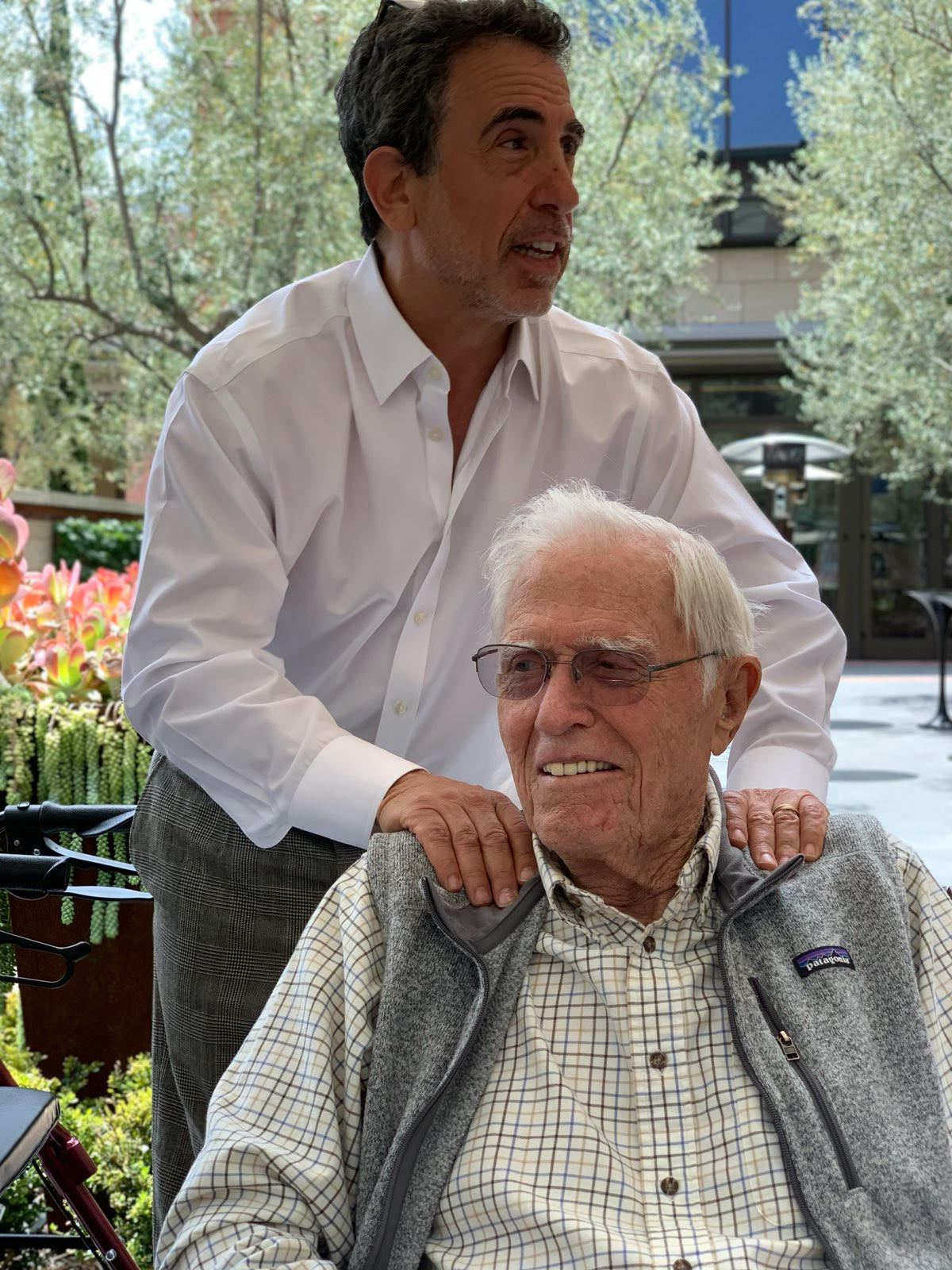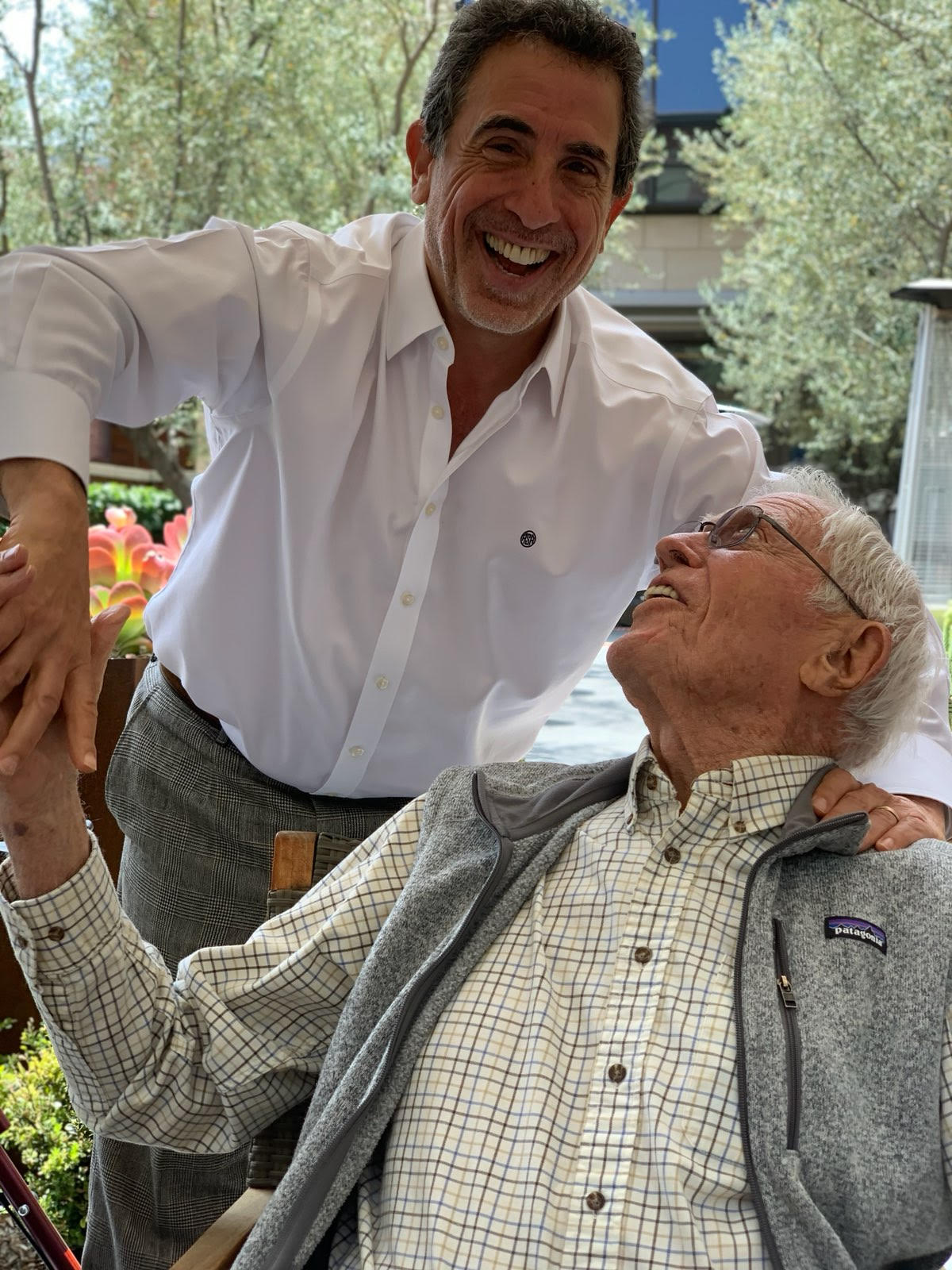54 Years Ago, The Internet Was Born. We've Forgotten the Lessons We Learned.
Once upon a time, on October 29, 1969, something extraordinary happened that would change the world forever. Working quietly in their labs, researchers at UCLA and Stanford established the first internet connection by sending two letters, "L" and "O" over a telephone line. The link crashed when they tried a third character.
This innovation would go on to change the world and become the modern internet that we all know. However, it started as a government-funded program called ARPANET that provided universities with the resources to harness their best and brightest to develop revolutionary technological advances.
Charles Young was the new Chancellor of UCLA at the time. He arrived at the campus in 1960 and took the helm in 1968. Over his 29 years as Chancellor, Chuck not only oversaw the birth of the internet but numerous historic advances in science, technology, and medicine.
Chuck passed away last Sunday.
He was a giant among higher education leaders, mentoring and supporting countless individuals, like me, who were inspired by his brilliance and ability to bring out the best in people and harness the potential of his university.
The world would look very different today without Chuck's leadership. But he would be the first to remind me that he didn't and couldn't have done it alone. If not for the collective throw-weight of colleges and universities around the globe, government funding and technical support, and partnerships with private enterprises, many of the advances we now take for granted would not have come to fruition, the internet included.
Sadly, there's a growing public belief that universities are no longer doing enough to meet the needs of individuals and society and prepare them for a highly complex world. And yet, at the same time, American universities are still seen as a beacon of hope for research, teaching, and innovation around the globe.
What Chuck knew in 1969 was as true then as it is now. Collaboration is the only way to succeed during these turbulent times. And while there are numerous successful partnerships among academic institutions, governments, and corporations, we can and must do more, especially now that we've entered the age of AI.
At the ASU Learning Transformation Studios, we are calling on our research university brethren across California and the country to come together and collectively address the challenges and opportunities for how AI can quickly transform K -12 and higher ed in ways that improve educational outcomes and attainment while ensuring there are guardrails in place to protect our students and educators.
Stories of what AI can do are both frightening and exhilarating. What better place than California, the creative capitol of the world, to produce the framework and learning tools for dramatically improving an education ecosystem whose structural defects were greatly exacerbated by the pandemic?
We honor leaders like Chuck Young and the brilliant faculty, researchers, and staff who changed the world 54 years ago on that fateful day in 1969 by working together to meet this (AI) moment.
Etched in stone, high above the stage at UCLA's Royce Hall, are the words that Chuck loved to cite: "Education is learning to use the tools which the race has found indispensable." Indeed. Now, more than ever.

